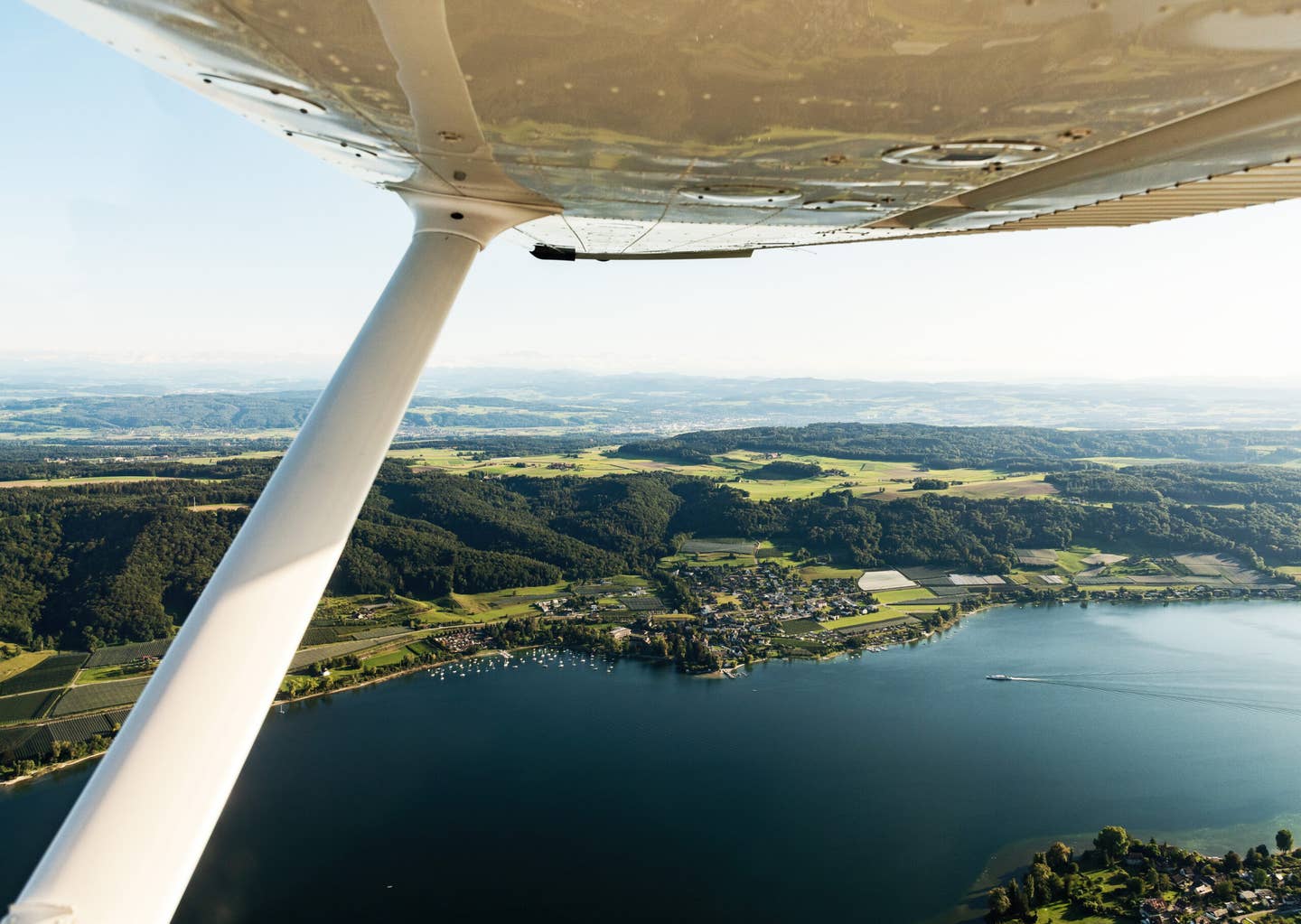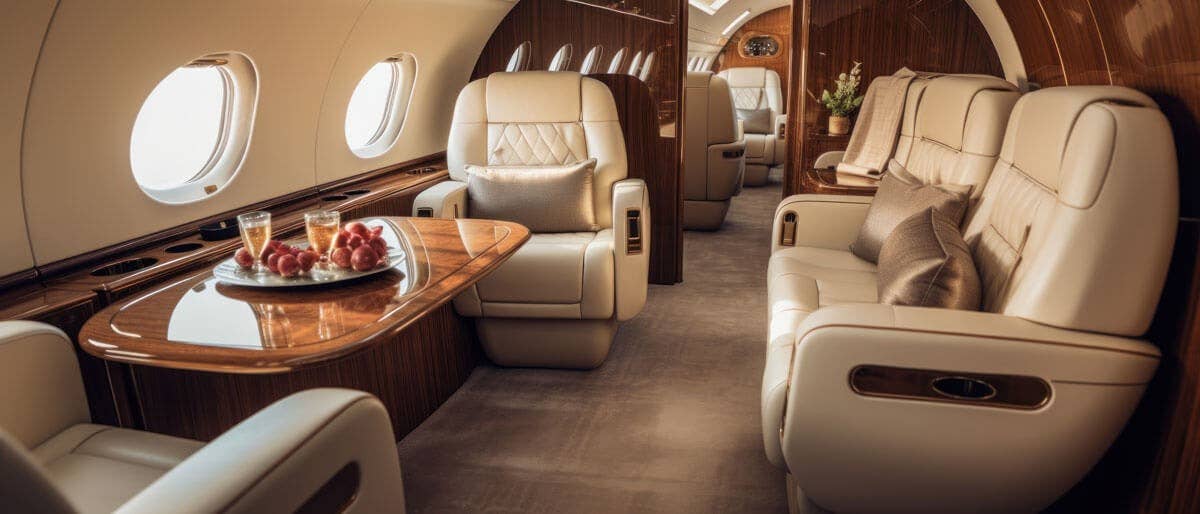
Piper Cub
This year we celebrate the 75th anniversary of the Piper J-3 Cub, one of the few cultural icons in light aviation and without much argument the single most identifiable and imitated model in general aviation history.
As with many anniversaries, pinning down the exact date of the Cub is a bit of a semantic exercise. While the “birth” of the J-3 model specifically can be traced to 1937, the Cub itself — in the form of the Taylor Cub, created not by anyone named Piper but by a self-taught Pennsylvania airplane designer named Clarence Gilbert Taylor — is at least several years older than that. William T. Piper, who gets name credit for the Cub, was more of a money man, and unlike most aviation outsiders who run airplane companies, he wound up making some excellent calls, including encouraging one of his designers to improve Mr. Taylor’s Cub, creating a new light airplane that would be designated the J-3 Cub, an airplane Piper Aircraft would build for about the next decade.
Within a few years of investing in the fledgling airplane-manufacturing endeavor, Mr. Piper would own the company, which would go on to become one of the most important airplane makers in aviation history, producing dozens of important models. Of course, the company today still bears the Piper name.
With this perspective, it’s interesting to note that Piper is still strongly associated with the J-3 Cub, an airplane it hasn’t produced in 65 years. The link is so strongly entrenched in flying lore that it’s hard for those of us raised in the culture to see it as being anything but a natural connection to make.
From any objective viewpoint, such a link seems far-fetched. If we didn’t know it were true, who would believe that the Cub, an old-technology product of Depression-era economics and engineering, would be viewed for nearly three-quarters of a century as the symbolic gate-guard for all of aviation.
Even during the Cub’s short production lifespan, other airplanes would go on to far greater heights. Before the J-3’s run was done, stratospheric four-engine bombers from Boeing and Consolidated would be commonplace, Messerschmitt jets and rocket planes would fly in battle over European skies, and the Bell X1 would bust the old world’s supersonic bubble, all while the Cub soldiered on low and slow at 75 knots without an electrical system.
Despite its humble roots, the Cub’s symbolic hold on our collective imagination remains strong, which is surprising in an industry that values technological progress seemingly above all else.
After it discontinued the Cub, Piper Aircraft itself hardly stood still. It is, in fact, hard to argue that the Cub is the most noteworthy model in Piper’s history. Why not the popular and versatile Cherokee, the pressurized single-engine Malibu or, perhaps, the remarkably utilitarian Super Cub?
The J-3 Cub, I will admit, was a remarkably popular airplane, with Piper building (a handful through license) right around 20,000 of them over an approximate 10-year span that roughly shadowed that of World War II. Why it enjoyed so short a lifespan is an easy thing to understand. Piper’s customers demanded improvements, and rightly so. In objective terms, the Cub is in many ways far from a perfect airplane.
This is so patently true that it’s hard to know where to begin, though the tandem configuration is probably a good place. Why anyone would want a tandem airplane in the first place is a bit of a mystery — perhaps the narrower seating area was easier to engineer, to produce or both. Regardless, this configuration won out in the early days of aviation, despite there being early side-by-side models.
Why most early light airplanes are taildraggers is an easier compromise to explain. Taildraggers are better suited to rough fields, which were about all there were in the mid-1930s. That’s all well and good, but when you combine the tailwheel configuration with the tandem layout, you get real visibility problems. Couple that with the unfortunate fact that the J-3 is soloed from the rear seat, a detail that several of Piper’s competitors used to their advantage, and you’ve got an odd collection of eccentricities.
Oh, the Cub had other shortcomings: It was built from antique materials, welded steel, wood and doped fabric that, while light and easy to build without expensive tooling, had a short lifespan and poor weather resistance. Let’s not forget that getting into a Cub seems to require the build and flexibility of an Olympic gymnast, that starting the thing required spinning a horribly lethal weapon around by hand until it came to life inches from you, and that its kitelike flying characteristics were the inspiration for scores of aerodynamicists of the era to seek ways to improve upon the flying manners of general aviation airplanes.
Perhaps the worst insult to the humble J-3 is that Piper and its customers gave up on it so readily, that its own creators found ways to improve upon all of its shortcomings. This Piper did by launching models with side-by-side seating, with more adequate power, with tricycle landing gear and, eventually, with low wings and all-metal construction. The Cherokee, a Piper product just 25 years removed from the birth of the Cub, we should remember, might represent the polar opposite of the company icon. A nicely harmonized, all-metal, low-wing, tricycle gear side-by-side flier (with a couple more seats in back), the Cherokee is in some ways the anti-Cub, a fact that didn’t go unnoticed by the tube-and-rag crowd in 1963, some of whom still hold a grudge today.
Like many of you, I have a history with the Cub. The first flight on which I had ostensible control of the airplane for any length of time happened when I was 12 years old and my dad handed to me the controls of the beautiful J-3 we were flying in on a gorgeous upstate New York autumn day. From my first flight on, in my heart this odd little bird was the very essence of an “airplane.”
This leaves us with the original questions unanswered. If there’s so much wrong with the J-3 Cub, why has its legend endured?
When you think about it with your heart instead of your head, the answer is easy. The J-3 has the right attitude for flying. It is tailor-made for that perfect day, that perfect place, that perfect state of mind when props and ragwings, sunlight and fresh-clipped grass all combine to form an inescapable conclusion in the mind of the practitioners that they are not in a traveling machine but, rather, a flying machine, a device intended for no other purpose than to get in the air, using a country-made airfoil to turn airflow directly into joy. It is an equation that gets to the very heart of flying.

Sign-up for newsletters & special offers!
Get the latest FLYING stories & special offers delivered directly to your inbox






